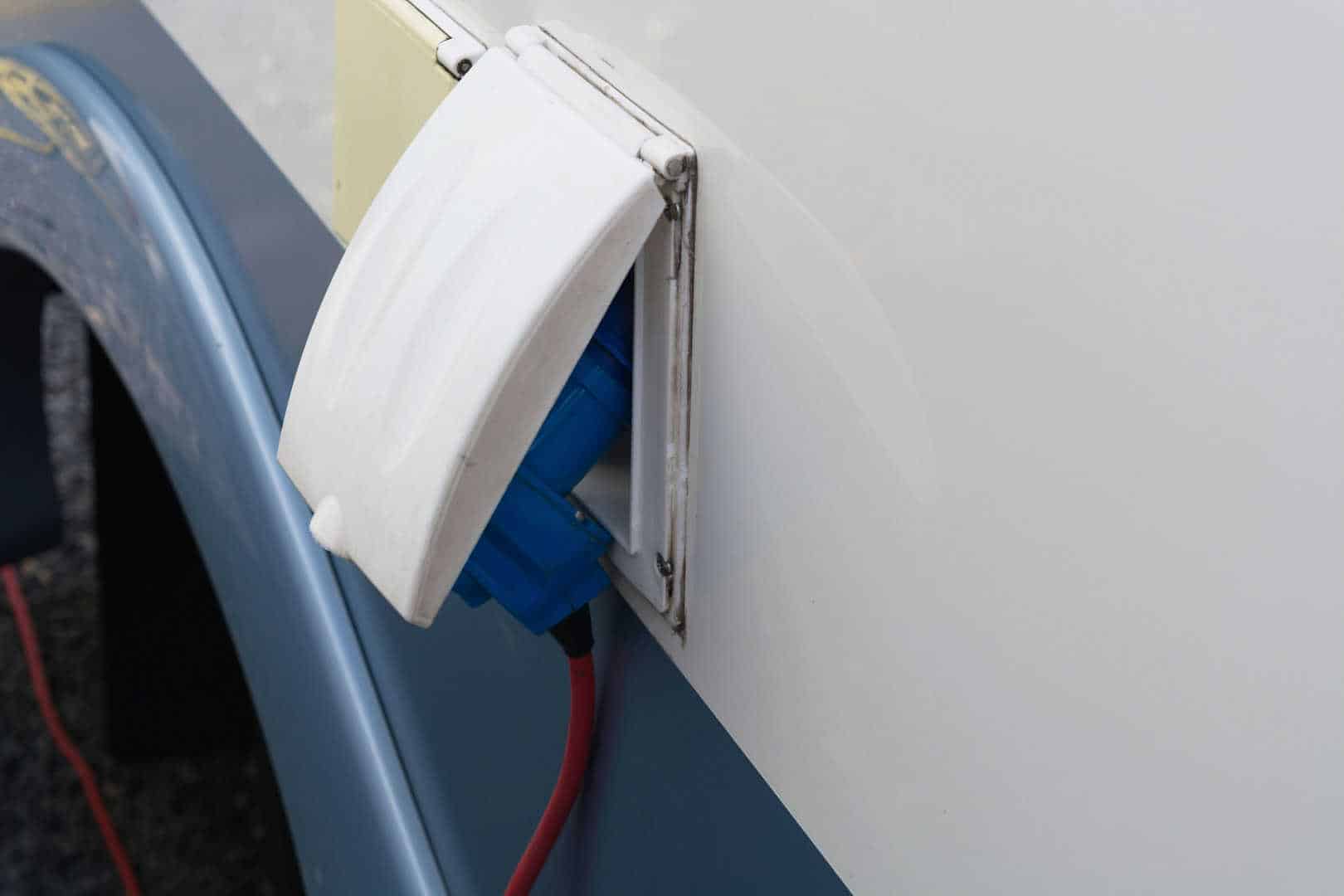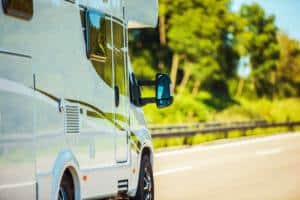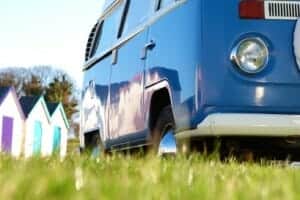Owning a campervan can be great fun, especially if you are thinking of buying one for the first time. However, here at Comfort Insurance we know that campervans and everything to do with how they run can sometimes be a bit confusing, which is why we have created our very own FAQs!
This article focusses mainly on electricity and plumbing in campervans, however if you have any other questions just let us know in the comments section!
How do campervan fridges work?
There are generally two types of fridges for your campervan:
Compressor Refrigerators: These are similar to domestic fridges and use a compressor to circulate the refrigerant. They are powered by a 12V system or via the mains power.
Absorption Refrigerators: Also known as “three-way” fridges, absorption fridges use a heat source to supply the energy to run the cooling system. They can use power from a range of sources including gas, 12V DC power (leisure or solar power) or 23V (mains power).
Which campervan fridge should I buy?
If you prefer to camp in rural locations that don’t always offer electricity then absorption fridges are ideal for you, however they do require ventilation through an external sidewall and need to be level to work. Other benefits of absorption refrigerators are that they operate silently, have a choice of power supplies and there is often a wider variety in styles and models to choose from. Unfortunately, they are also more expensive to run and require regular servicing.
If you like to be able to use electricity while away, then a compressor fridge will suit you. External ventilation is not required, they don’t need regular servicing and they are also not required to be level. Conversely, there are less options for compressor fridges and they can be noisy.
How do campervan toilets work?
Almost all campervan sites have toilets however if you prefer to have one in the privacy of your campervan here are your options:
Portable Toilets: These are ideal for smaller campervans that only have a certain amount of storage. You can hide your portable toilet away until it needs to be used, however most people don’t like using their toilets inside their campervans which is why they also purchase “toilet tents” to put outside. Chemicals are used in portable toilets for sanitation purposes and to prevent odour. The bottom of the toilet can be detached which then allows disposal of any waste at the campsite’s facilities.
Permanent Toilets: These days a large number of campervans come with built-in toilets and cassette waste holding tanks as standard, with most cassettes being able to be removed from the exterior of the campervan for disposal. The main manufacturers of these toilets are Dometic and Thetford.
SOG Toilet Kits: These toilets are 100% eco friendly and don’t need any chemicals. The SOG toilet uses a fan which draws the air into the cassette once the valve is activated. Normal toilet paper can be used in SOG toilets.
Where to empty campervan toilets?
Due to the chemicals used in certain campervan toilets, they MUST be disposed of in designated areas. On most campsites, the area will be marked as “Chemical Disposal Point” or CDP. If there is no CDP available your only option would be to flush the waste down a normal toilet.
Top Tip: Do NOT empty black waste (contents of a toilet) at a standard grey water disposal point and never a fresh water point. Cassettes have air-valve buttons which makes emptying the contents a lot less messy.
How do campervan showers work?
Campervans that have built in showers will generally have a small boiler installed which takes around 10 minutes to heat up depending on the make and model. The showers themselves work the same as most normal showers, however the water from the shower drains into a holding tank which must be emptied on a regular basis.
How does the sink work?
The sink is drained in the same way as the shower however you need to make sure you don’t drain any pasta or rice as it can cause a blockage in the tank, leading to a very unpleasant smell!
How do campervan electrics work?
There are a couple of options when it comes to electricity in your campervan including:
Leisure Batteries: If you don’t have a mains connection to hand then leisure batteries are the ideal way to power your campervan. Leisure batteries can power 12V devices (but only 12V devices) including toilet flushes, televisions and lights. Most campervans have leisure batteries installed as standard.
Mains Electricity: These days, most campsites have the option of electricity as well as toilets. The electricity supply provides 230V which will power all the usual devices you use at home. However, most campsites have restricted supplies to avoid campers using devices that will ‘trip out’ the system.
Photo by apollo motorhomes / CC BY-ND 2.0













